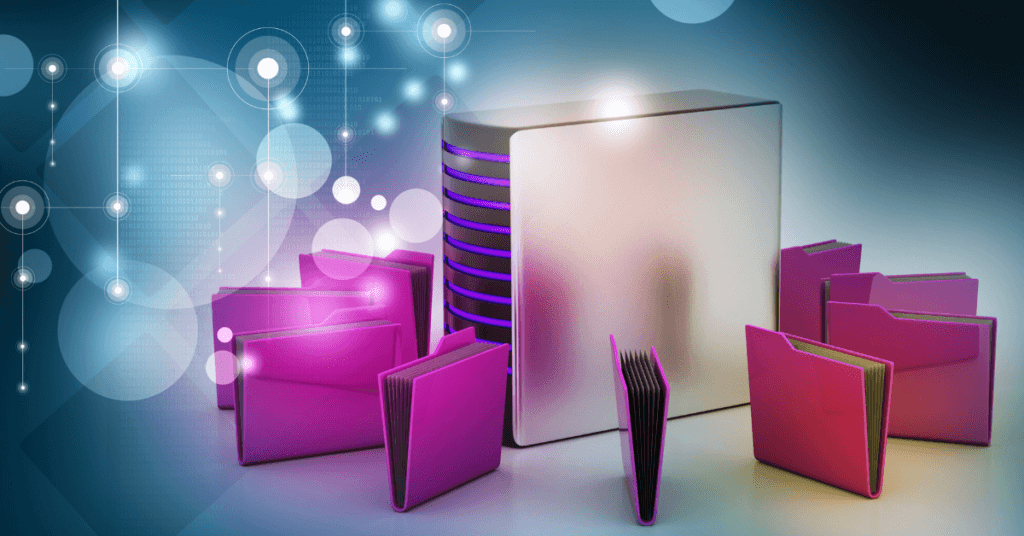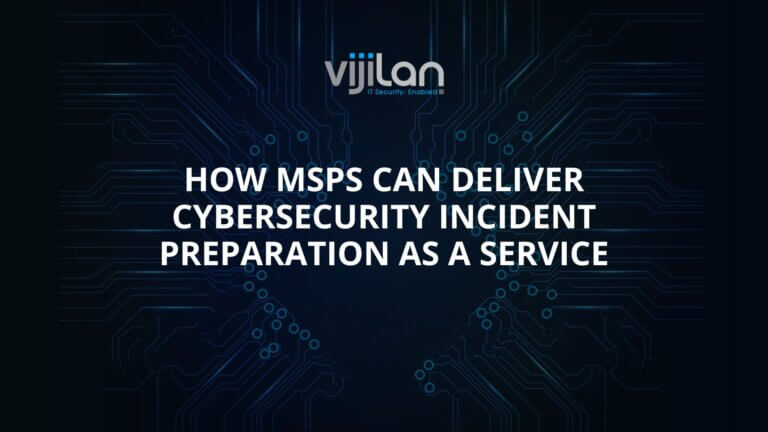Microsoft Exchange Server
Is a popular email and collaboration platform used by many organizations worldwide. However, recent cyber attacks targeting Exchange servers have highlighted the importance of securing this critical application. In this blog post, we will discuss eight best practices to secure your Microsoft Exchange Server and protect your organization against cyber threats.
Keep Exchange Server Up-to-Date
Keeping your Exchange Server up-to-date is crucial in securing your environment. Microsoft regularly releases security updates for Exchange Server, which address known vulnerabilities and bugs. Make sure to apply these updates as soon as possible to prevent attackers from exploiting any known security holes.
Use Secure Passwords
Ensure that all accounts on the Exchange Server use secure passwords. Use strong passwords that are at least 8-10 characters long and include a combination of uppercase and lowercase letters, numbers, and special characters. Enforce password complexity requirements and ensure that users change their passwords regularly.
Implement Multi-Factor Authentication (MFA)
Implement MFA to add an extra layer of security to your Exchange environment. MFA requires users to provide an additional factor of authentication, such as a code sent to their mobile device, in addition to their password. This prevents attackers from accessing accounts even if they have stolen or guessed the user’s password.
Use Antivirus and Anti-Malware Protection
Implement antivirus and anti-malware protection on your Exchange Server to protect against malicious software. These tools can help detect and prevent malware from infecting your Exchange environment, reducing the risk of data loss or theft.
Disable Unnecessary Services
Disable any unnecessary services or protocols on your Exchange Server to reduce the attack surface. Only enable the services that are required for your Exchange environment to function correctly. This will reduce the number of potential entry points for attackers
Use a Firewall
Use a firewall to control access to your Exchange Server. A firewall can prevent unauthorized access to your Exchange environment by blocking incoming traffic from untrusted sources. Additionally, configure your firewall to allow only the necessary traffic to your Exchange Server.
Monitor for Suspicious Activity
Implement monitoring tools to detect and alert you to any suspicious activity on your Exchange Server. This can help you identify potential security threats before they become a major problem. Configure alerts for failed logins, unusual traffic patterns, or changes to critical system files.
Regularly Back Up Your Exchange Server
Regularly back up your Exchange Server to ensure that you can recover from any data loss. This is especially important in the event of a cyber attack, where data may be lost or held for ransom. Ensure that your backups are stored offsite and are tested regularly to ensure that they are viable.
In conclusion, securing your Microsoft Exchange Server is essential to protect your organization against cyber threats. By following these eight best practices, you can significantly reduce the risk of a security breach and protect your valuable data. For additional assistance and guidance on securing your Exchange environment, consider working with a trusted cybersecurity partner like Vijilan Security.




